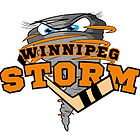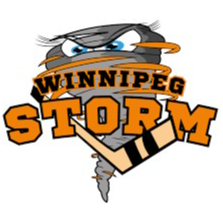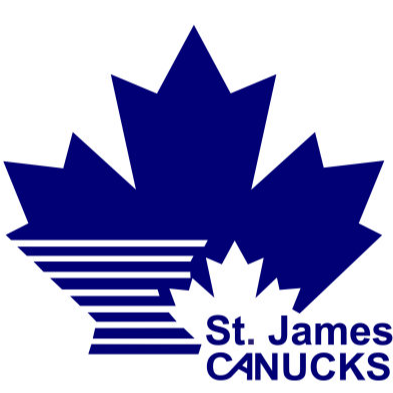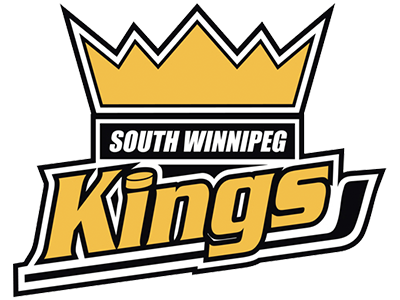Welcome to South Winnipeg Hockey Association
Sun Dec 7 @ 10:30 AM

Raiders Maroon
N/A - Non-League Opponent

U13 A2 Kings Gold
Season
Richmond CC
Sun Dec 7 @ 11:00 AM

U9 SW4
Season

U9 SW6
Season
St Norbert SW
Sun Dec 7 @ 11:45 AM

Chill
N/A - Non-League Opponent

U15 A2 Storm
Season
Century
Sun Dec 7 @ 4:00 PM

U18 A1 Kings
Season

Gimli
N/A - Non-League Opponent
Gimli
Sun Dec 7 @ 4:30 PM

U11 A3 Kings Black
Season

Fishermen
N/A - Non-League Opponent
East Selkirk
Sun Dec 7 @ 5:00 PM

U13 A2 Kings Black
Season

Canucks-SH
N/A - Non-League Opponent
Ab McDonald
Sun Dec 7 @ 8:30 PM

Peguis
N/A - Non-League Opponent

U15 A1 Kings
Season
Richmond CC
Mon Dec 8 @ 6:00 PM

Lazers
N/A - Non-League Opponent

U11 A3 Kings Gold
Season
Richmond CC
Mon Dec 8 @ 6:30 PM

Regents
N/A - Non-League Opponent

U13 A1 Kings
Season
St Norbert SW
Mon Dec 8 @ 7:45 PM

Raiders Maroon
N/A - Non-League Opponent

U13 A3 Kings
Season
St Norbert SW
Tue Dec 9 @ 7:30 PM

U18 A1 Storm
Season

Stonewall
N/A - Non-League Opponent
Stonewall VMSC
Thu Dec 11 @ 7:45 PM

Chill
N/A - Non-League Opponent

U13 A2 Storm Black
Season
Century
Fri Dec 12 @ 6:00 PM

Seals Red
N/A - Non-League Opponent

U11 A4 Kings
Season
Richmond CC
Fri Dec 12 @ 6:30 PM

Lazers
N/A - Non-League Opponent

U9 A Kings
Season
St Norbert SW
Fri Dec 12 @ 6:45 PM

U11 A5 Kings
Season

WJHA
N/A - Non-League Opponent
HFAC - MERIT
Fri Dec 12 @ 7:15 PM

Seals Red
N/A - Non-League Opponent

U13 A4 Kings
Season
Richmond CC
Fri Dec 12 @ 7:30 PM

U15 A2 Kings
Season

Fishermen White
N/A - Non-League Opponent
East Selkirk
Fri Dec 12 @ 7:45 PM

Seals Red
N/A - Non-League Opponent

U11 A2 Kings Gold
Season
St Norbert SW
Fri Dec 12 @ 8:00 PM

U13 A2 Kings Gold
Season

Flyers Black
N/A - Non-League Opponent
Dutton
Sat Dec 13 @ 8:00 AM

U7 SW5
Season

SJR WHITE
N/A - Non-League Opponent
Richmond CC
Sat Dec 13 @ 8:00 AM

U7 SW6
Season

U7 SW4
Season
Richmond CC
Sat Dec 13 @ 9:15 AM

U7 SW2
Season

U7 SW3
Season
Richmond CC
Sat Dec 13 @ 9:15 AM

FG3
N/A - Non-League Opponent

U7 SW1
Season
Richmond CC
Sat Dec 13 @ 10:30 AM

U9 SW1
Season

SJR WHITE
N/A - Non-League Opponent
Dutton
Sat Dec 13 @ 10:30 AM

Regents
N/A - Non-League Opponent

U11 A3 Kings Black
Season
Richmond CC
Sat Dec 13 @ 11:40 AM

Polar Bears
N/A - Non-League Opponent

U11 A3 Storm
Season
Dutton
Sat Dec 13 @ 11:45 AM

Polar Bears Red
N/A - Non-League Opponent

U13 A2 Storm Orange
Season
Richmond CC
Sat Dec 13 @ 11:45 AM

U11 A2 Kings Gold
Season

Canucks-KW
N/A - Non-League Opponent
Allard
Sat Dec 13 @ 12:15 PM

U18 NBC A1 Kings
Season

Raiders
N/A - Non-League Opponent
SO - Red
Sat Dec 13 @ 12:45 PM

U11 A1 Kings
Season

Fishermen
N/A - Non-League Opponent
